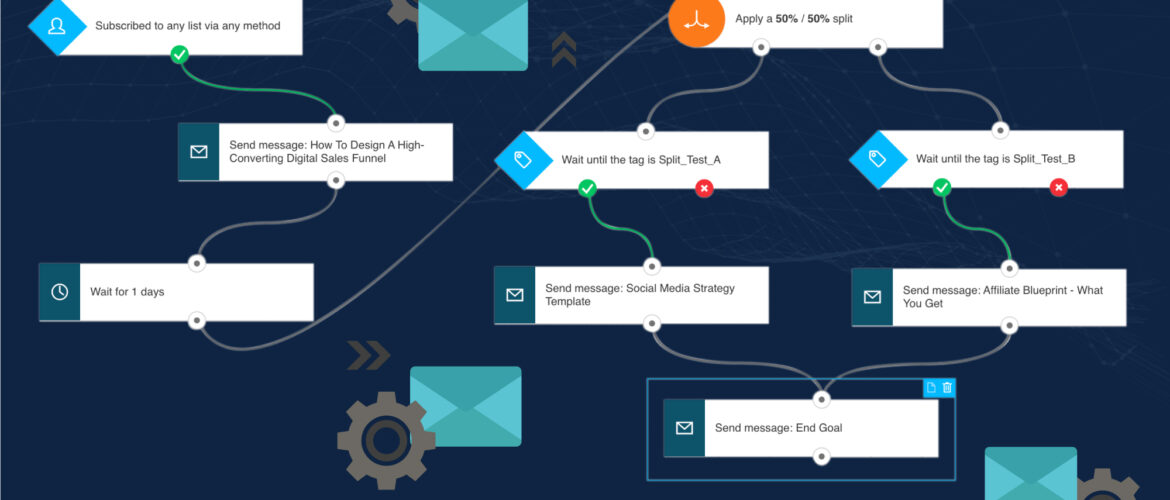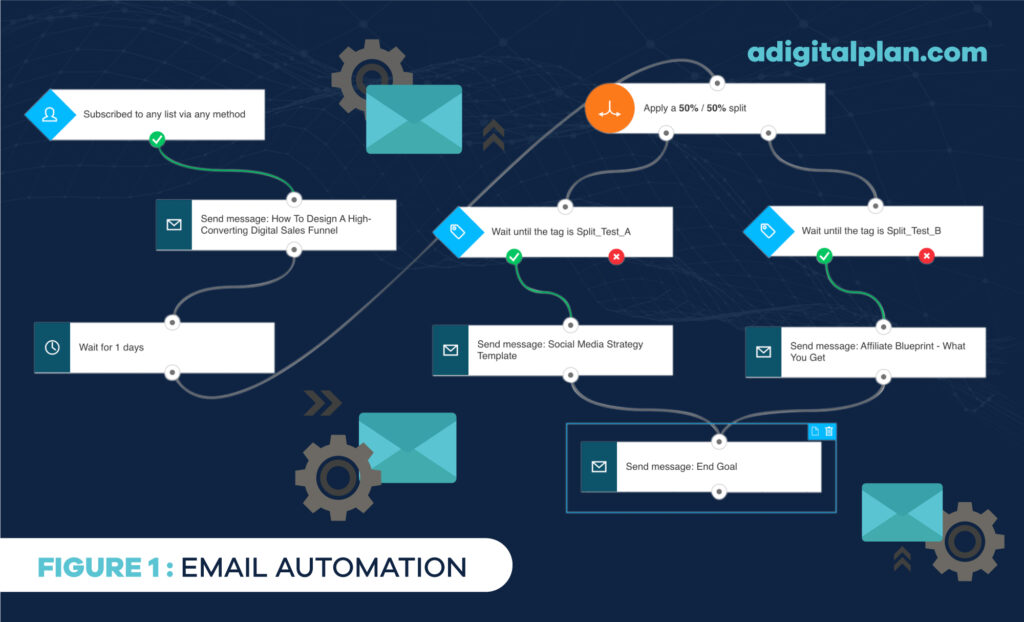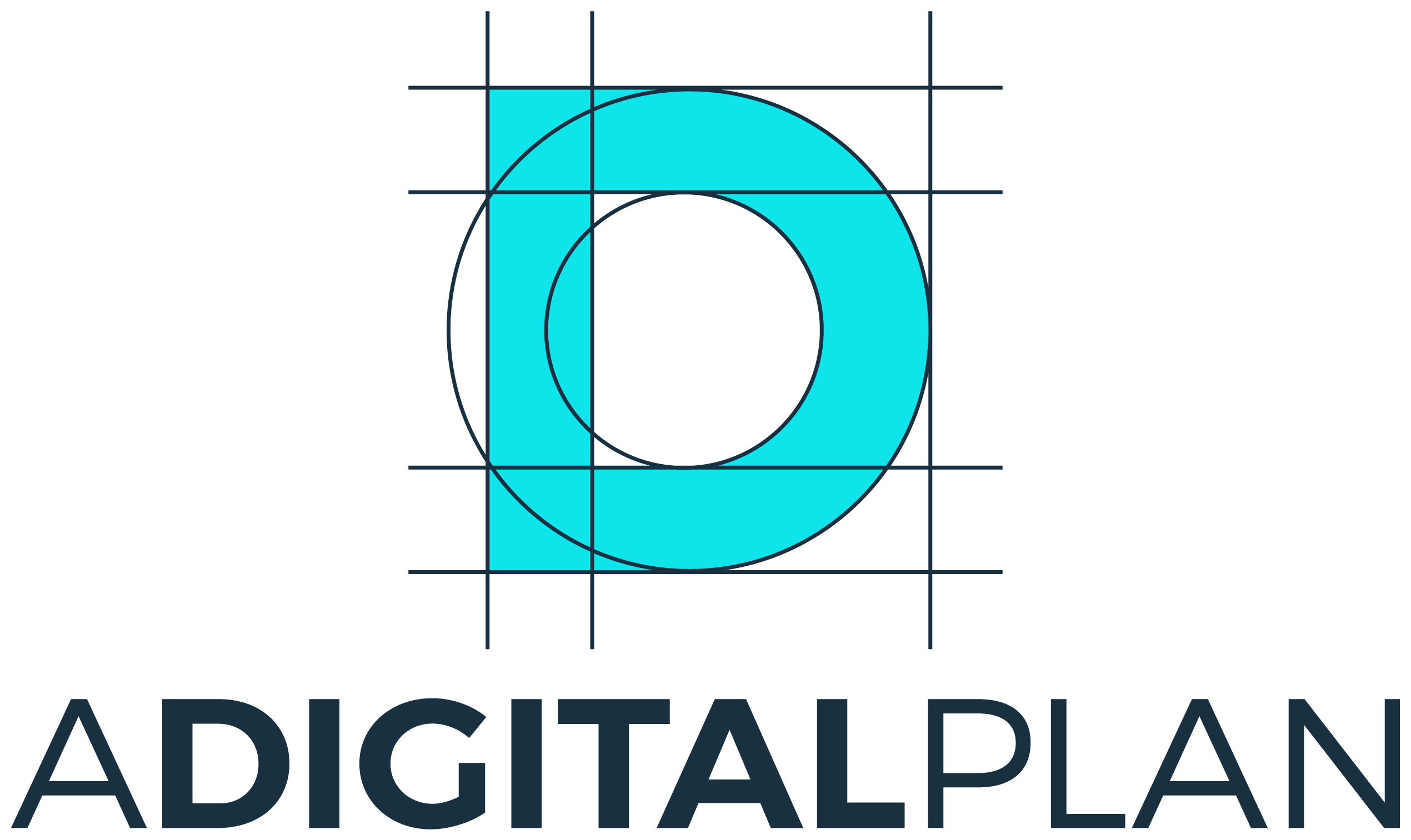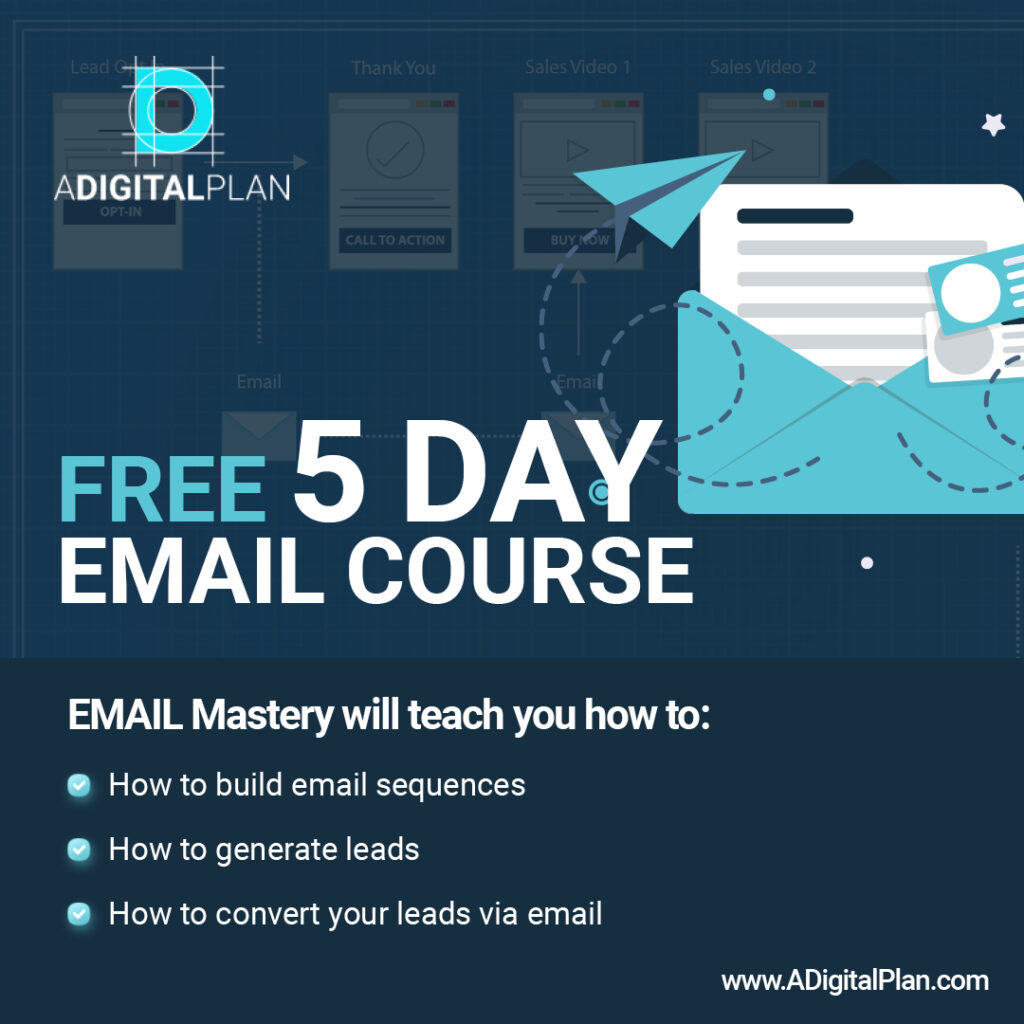Blog
Email Automation
- February 27, 2023
- Posted by: David Tainsh
- Category: Email Automation Email Marketing

Email automation refers to the process of using software to automatically send emails to specific subscribers based on predefined triggers or rules. Email automation is really what dreams are made of in that you do truly make money as you sleep once it is all setup!
Email automation is a sophisticated marketing strategy that streamlines communication and enhances engagement by using technology to send targeted and personalized emails automatically. It empowers businesses to nurture leads, build customer relationships, and drive conversions in a scalable and efficient manner. Through carefully designed workflows and triggers, email automation enables the delivery of relevant content to subscribers based on their actions or characteristics. Whether it’s a welcome email greeting new subscribers, abandoned cart reminders enticing potential customers to complete purchases, or personalized recommendations based on past interactions, email automation tailors messaging to individual preferences. By reducing manual intervention and timing constraints, companies can consistently deliver timely and valuable content to their audience, fostering brand loyalty and increasing the likelihood of desired actions. This approach not only saves time and resources but also ensures that recipients receive content that resonates, ultimately leading to improved open rates, click-through rates, and overall marketing success. In a digital landscape where personalization and efficiency are paramount, email automation emerges as a pivotal tool, allowing businesses to optimize their communication efforts and achieve a higher level of customer engagement.
Basically what you are going to do is create automated email sequences which will start when certain triggers happen.

So let’s look at ‘Figure 1’ which is a basic email automation. This is the view, slightly spruced up with some cogs in the background, of what you would see in an email automation platform like ‘Get Response’ or ‘Hub Spot’. It starts in the top right-hand corner when the user ‘opts in’ and subscribes to any list via any method. In the email platform, you have multiple lists which you use to segment users for targeting purposes. For instance, you could have two lists one for retail customers and the other for business. To get them to subscribe to a list you could be running campaigns on Facebook where they opt-in via a form which sends them straight to the list. Now they are on the list the automation can start and the first thing to happen is they get sent an email called ‘How To Design A High Converting Digital Sales Funnel’. The system then moves on and sees it has to wait for 1 day.
What comes next is a split test. By doing a split test we can see what works best out of two emails. The users will be split 50% down one path and 50% down the other. As they go down each path they will have different tags applied to them so that we record which route performs the best. A tag is just an identifier that will enable us to record what user went each way so that we can see which route is more effective.
Then the split test merges again and they receive the final email ‘End Goal’.
This seems quite complicated but it really isn’t. All you are doing is deciding when and what gets sent to an end user.
Email Automation – What Can We Do?
- Email Campaign Creation: Design and create email templates using a user-friendly drag-and-drop editor or HTML coding.
- List Management: Import, segment, and manage your email subscriber lists to send targeted messages to specific groups.
- Automated Workflows: Create and customize automated sequences of emails triggered by user actions or specific events, such as welcome series, abandoned cart reminders, and follow-ups.
- Personalization: Insert dynamic content like the recipient’s name, location, or other personalized information to make emails more engaging.
- A/B Testing: Test different subject lines, email content, and sending times to optimize open rates, click-through rates, and conversion rates.
- Tracking and Analytics: Monitor key metrics such as open rates, click-through rates, bounce rates, and conversions to evaluate the success of your email campaigns.
- Segmentation: Divide your subscriber list into smaller segments based on demographics, behavior, or preferences, enabling targeted and relevant messaging.
- Triggered Emails: Set up automatic responses based on specific user actions, like sending a thank-you email after a purchase or a re-engagement email for inactive subscribers.
- Opt-In and Opt-Out Management: Handle subscription preferences, unsubscribe requests, and opt-in confirmation emails to ensure compliance with email regulations like GDPR and CAN-SPAM.
Email Sequences
- Welcome Series: A sequence of emails sent to new subscribers to introduce your brand, provide a warm welcome, and set expectations for what they can expect from your emails. This is very important as it sets the tone for all other emails and their open rates
- Abandoned Cart Recovery: A series of emails sent to users who added items to their cart but didn’t complete the purchase, reminding them of their abandoned cart and encouraging them to finalize the transaction. 70% of all ecommerce carts are abandoned so this email is vital!
- Lead Nurturing: A series of educational and value-driven emails designed to build a relationship with leads over time, gradually guiding them towards making a purchase decision. This is probably the most important series you have as it
- Product Onboarding: A sequence of emails sent to customers after they’ve made a purchase, guiding them on how to use the product effectively, addressing common questions, and providing helpful tips.
- Re-engagement Campaign: A series of emails aimed at re-engaging inactive subscribers, reminding them of your value proposition and encouraging them to interact with your brand again.
- Upsell/Cross-Sell Campaign: A sequence of emails that suggests complementary or upgraded products or services to existing customers based on their previous purchases or behaviour.
- Event or Webinar Promotion: A series of emails promoting an upcoming event, webinar, or workshop, providing information, reminders, and incentives for registration.
- Drip Campaign: An ongoing series of emails that deliver a stream of relevant content, offers, or information to nurture leads or keep customers engaged over time.
- Birthday/Anniversary Campaign: A personalized sequence of emails sent on a subscriber’s birthday or anniversary, offering special discounts or rewards to celebrate the occasion.
- Feedback/Testimonial Gathering: A sequence of emails that asks customers for feedback on their experience with your products or services and encourages them to provide testimonials or reviews.
FREE 5 DAY EMAIL MARKETING COURSE!
If Email marketing is something that is of interest to you then I run a free 5 day course where I will teach you the following:
- Lets starts off by looking at why most email marketing fails!
- Personas – Personas are vital in marketing. This is where you analyse who your customer truely is and what your product does for them. Understanding this will enable you to create the content for the email sequences.
- How to build email sequences – Most companies need a minimum of 6 automated email sequences to truely monetize an end user. Here I show you how to build out an email sequence.
- How to generate leads – You can build out the worlds greatest email sequence without leads feeding it it is nothing!
- What email sequences do you need? Here I break down the email sequences you need to fully monetize an end user.

